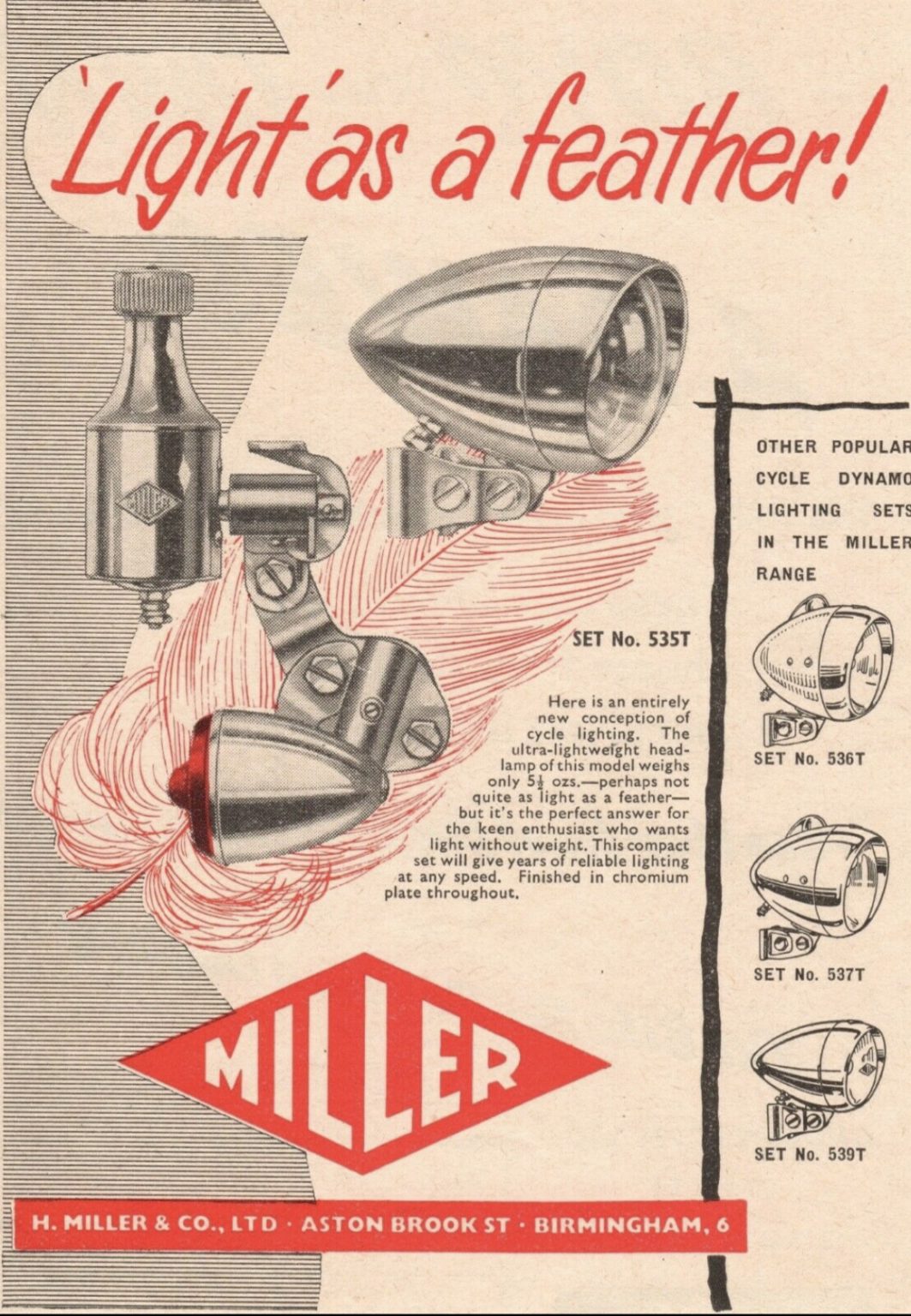Hodges
The village is notable for the surname “Hodges” and all the families may be traced back to one man in the 1700’s.
The Hodges Family and their Dairy Business
The first person to be killed in an accident at the local brickworks was William Hodges in 1909.
He left a widow who was pregnant and six children, his wife Eliza did not marry again but brought up her family as a single parent, some of the children worked before and after school to earn money, two, Arthur and Richard started their business from the family home in Hog End. 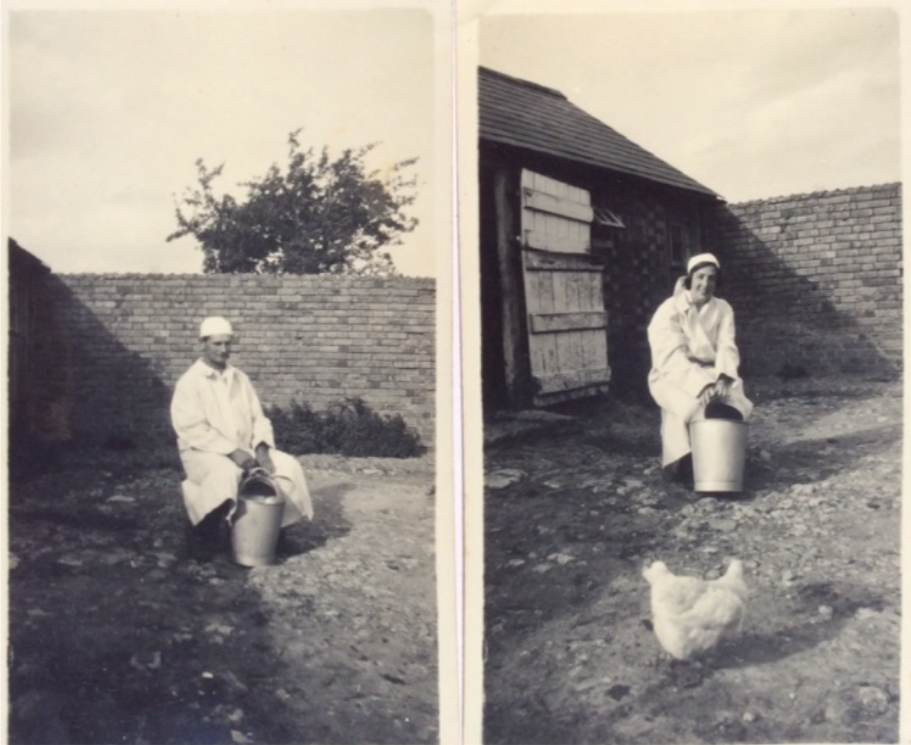
Above is Richard Hodges and his wife Eva, after their marriage in 1935, in the farmyard at the Poplars from where they started their Dairy business, delivering to people in Twyford and the School.
Below is an invoice for the domed bucket they are holding and also an invoice from Arthur Hodges for the work that he did for his brother adapting a building to become a dairy in 1936 this shows the variety of work that he would undertake.
In 1937 Richard Hodges had the opportunity to take on the tenancy of a farm after the death of Eva’s Uncle, just in the next parish of Steeple Claydon, so he moved, continued to milk and sold the milk to the Milk Marketing Board.
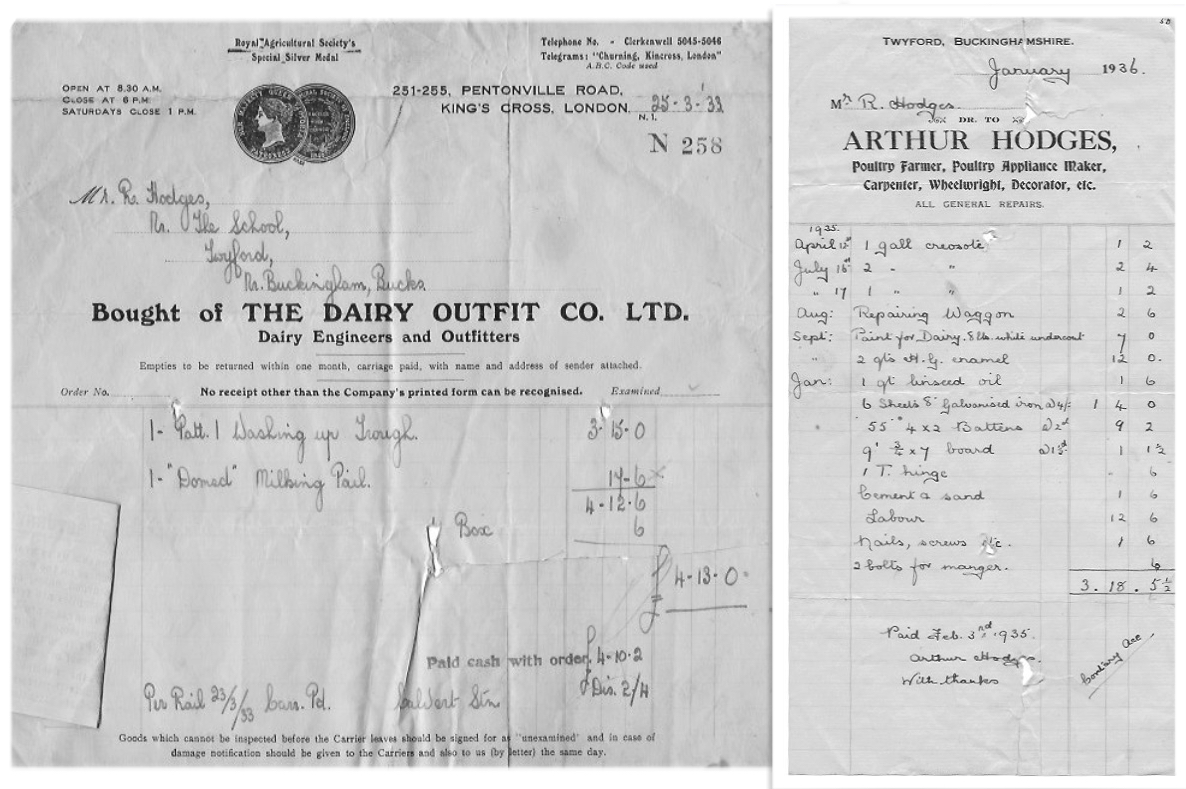
Arthur Hodges and his wife Olive took on the tenancy of the Poplars along with a milk round. In 1950 Arthur bought the farm, Charndon Grounds, which was just in the Marsh Gibbon Parish, having farmed it for some years. They expanded the Guernsey dairy herd to cope with the increasing demand for door step milk delivery as other village dairy farmers stopped milk production, eventually delivering to other villages and outlying houses but ceased the delivery business in 2012.
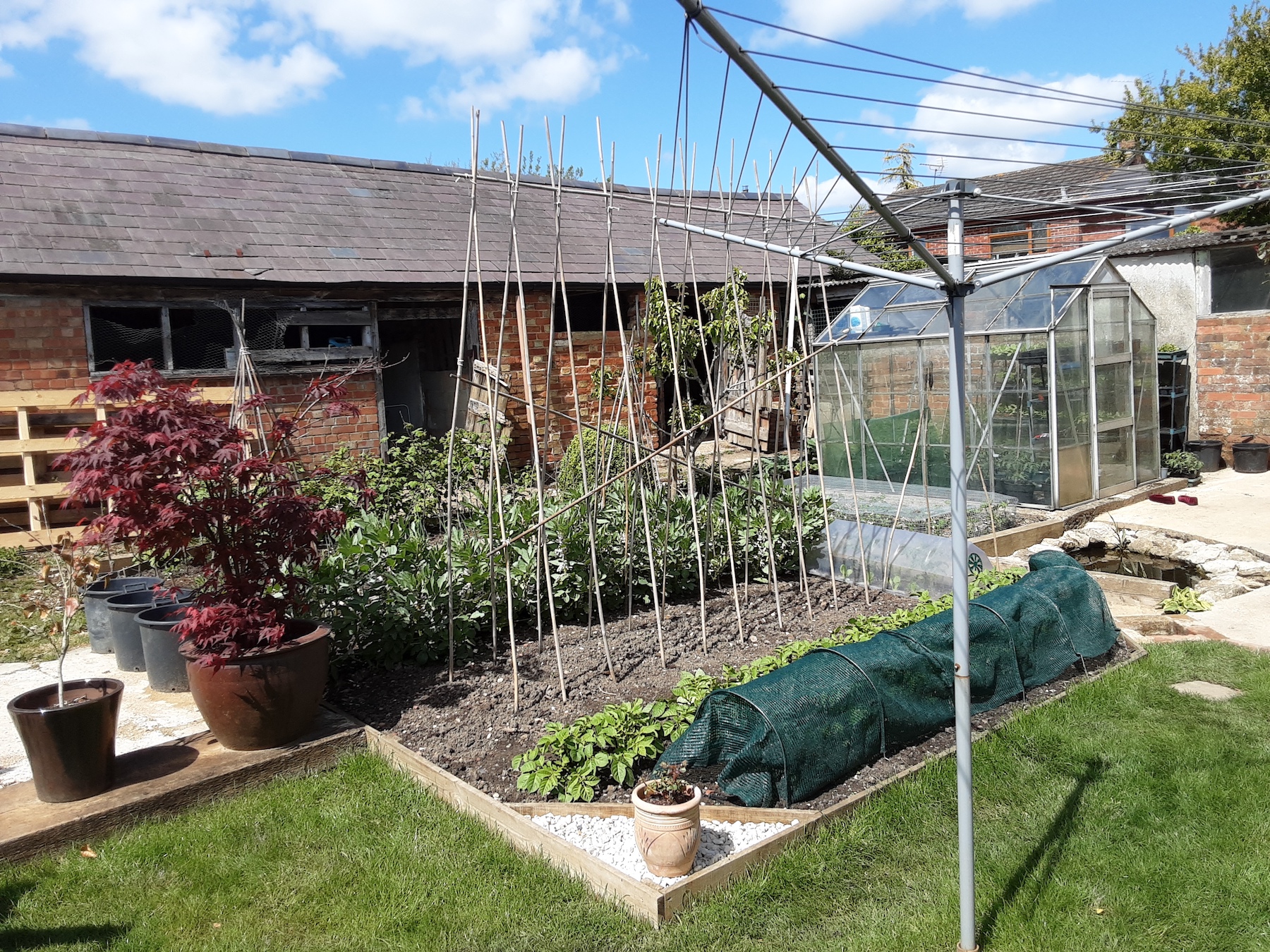
Albert Hodges
Albert was born in Twyford in 1881
He left school aged 10 and went to work for Mr Hedges at Hillesden for 3/- for a 6-day week. After 6 years he went to work on the Great Central Line between Calvert and Finmere and in 1900 he started work for Mr Itters at Calvert Brickworks until he retired in 1950. Most of his career at Calvert was as a kiln foreman.
Albert married Minnie Hall in August 1900 and they celebrated their 60th wedding anniversary in August 1960 with a telegram from Her Majesty, Queen Elizabeth II. They had 6 sons and 4 daughters; the sons were, in order of age, Leonard, Joe, Tom, Harold, Kenneth and Victor. All the sons worked at the brickworks as burners.
Albert received a long service medal from the Brickworks to mark his 50 years with the company.
Albert’s wife Minnie died in 1962 and Albert died in 1965 aged 84.
Albert on the left and his six sons at the brickworks
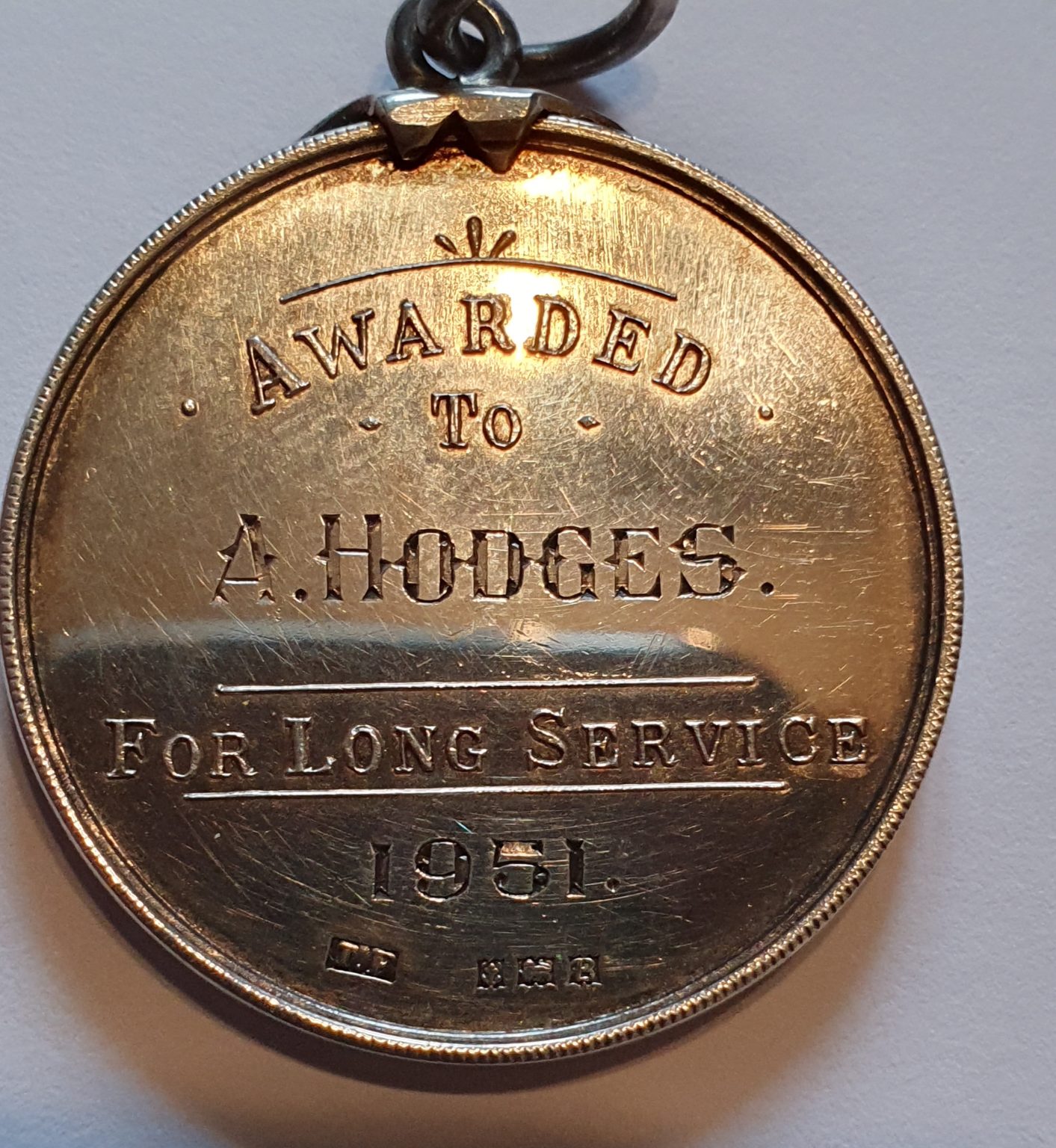
Albert's long service medal
Lighting up Time and the Dynamo
Way back in the 1950s our local weekly newspaper always included the lighting up times, times when you should have your car side lights on, if you were lucky enough to have one, it was also a legal requirement to have lights front and back on your bicycle, this was most people’s mode of transport.
The most common way of lighting your bicycle was a three and a half volt, two cell battery, a separate head and tail lamp, the batteries did not last as long as they do today.
When you set out on a journey after dark you had to put your lights on, you could check what time it that was necessary in your local paper. If you forgot to switch off your lights when you reached your destination, you could return to your bicycle later to find that your journey home could be without a light.
Nearly every village had a police man, if you had not got your lights on at the correct time, you could be fined, every few weeks in the local newspaper someone would have been fined, possibly seventeen shillings and six pence and if you repeated that offence it would increase.
Few villages had any street lights, parking your car after dark required that you had to have your side lights on, that was a serious drain on your battery.
Then, there was the invention of the bicycle dynamo, the first of these had a small ribbed cylinder that was spring clamped onto the side of the tyre, you could pull it off, or press the sprung latch for it to put it back on.
You could buy a dynamo set to put on your bicycle, headlamp on the front bracket, tail lamp secured to a bracket, screw clamped to your back fork and on the opposite fork the dynamo was usually screw clamped, it did however take 20% of your peddle power, later the hub dynamo was invented which was more reliable.
The problem with the dynamo was that when you stopped, you had no light.
In the 1950s – 60s, I lived on a farm that was nearly 200 yards from the public road, a farm track that had a gate either end, the mud and puddles in the Winter meant that the dynamo did not work very well. The field is still ridge and furrow, these cross the track, the furrows on the top side of the road often flooded, with possible over nine inches of water, leaving the road because your light failed could result in wet feet. Added to this the cows were grazing or sleeping in that field overnight through the Winter.
Way back then, fogs were more prevalent during the Winter, because the majority of our houses were heated by coal or wood fires that produced smoke, one winter it was foggy for two weeks and no light pollution then, I can remember several evenings as it got dark I could hear Starlings calling as they flew around above, (possible above the fog), unable to find anywhere to land and roost.
One night my sister lost her way in the fog when she left the farm track.
These were the challenges of going to see your girlfriend at night, in my case the girl who agreed to share the rest of her life with me.
